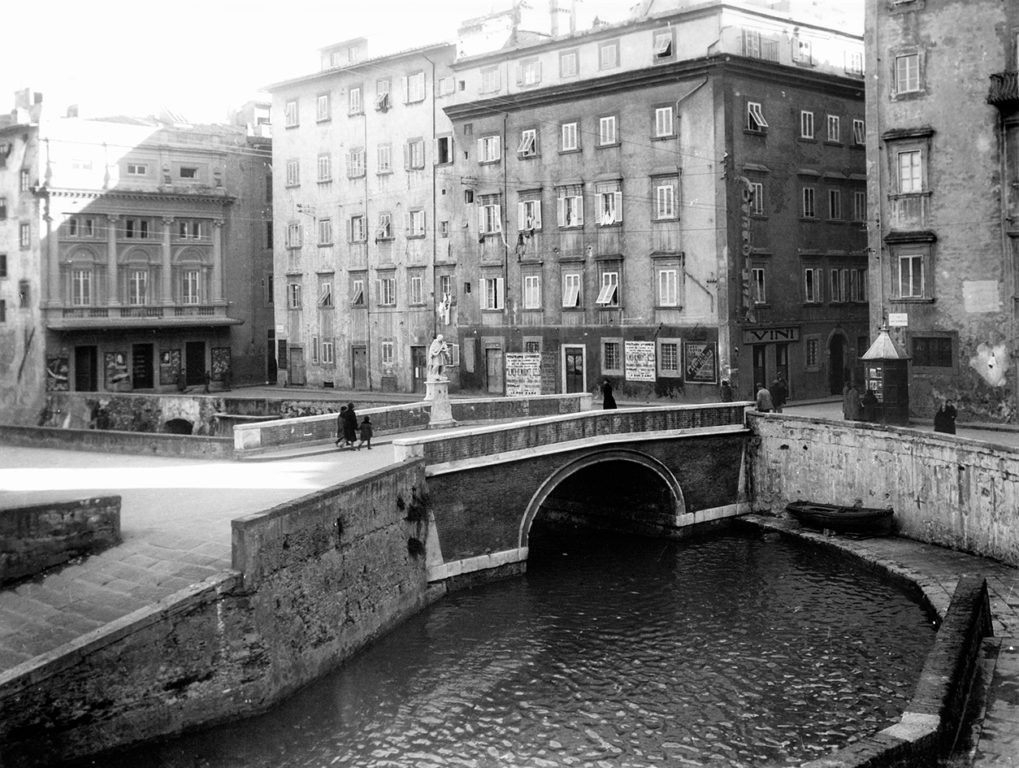Inaugurato come “Teatro Nuovo” nel 1782, con l’opera Adriano in Siria di Luigi Cherubini (libretto di Pietro Metastasio), fu costruito per sostituire a Livorno il Teatro di San Sebastiano, ritenuto ormai insufficiente ed assunse poi la denominazione definitiva, con la quale è ricordato, nel 1790, dopo che l’Accademia degli Avvalorati ne acquistò l’immobile.
Moltissimi i personaggi di gran livello che si avvicendarono sulle tavole del suo palcoscenico, sia nel campo dell’opera lirica che in quello della prosa. Il periodo aureo di questo teatro si colloca tra il 1790 ed il 1840, quando la sua attività si arricchì di alcune “prime” assolute ed il suo albo d’oro dei nomi di artisti come Luigi Marchesi, Girolamo Crescentini, Giuseppa Grassini, Elizabeth Billington e John Braham. Anche in seguito, tuttavia, questo teatro seppe sempre tenere alto il vessillo dell’arte. Basti dire che ancora nel 1920, quando gli Avvalorati furono riaperti dopo un lungo e radicale restauro, l’evento che festeggiò la nuova inaugurazione fu l’allestimento di un’Aida con una stellare distribuzione d’artisti, nella quale spiccò il nome del tenore spagnolo Miguel Fleta. Gli Avvalorati furono anche il teatro dove Alessandro Lanari, forse l’impresario più importante del primo Ottocento italiano, svolse a Livorno la propria cospicua attività.
Inaugurated as a “Teatro Nuovo” in 1782, with the opera Adriano in Syria by Luigi Cherubini (libretto by Pietro Metastasio), it was built to replace the Teatro di San Sebastiano in Livorno, now considered insufficient and then assumed the definitive name, with the which is mentioned, in 1790, after the Accademia degli Avvalorati bought the property.
Many high-level characters who took turns on the tables of his stage, both in the field of opera and prose. The golden period of this theater is placed between 1790 and 1840, when its activity was enriched with some absolute “premieres” and its roll of honor of the names of artists such as Luigi Marchesi, Girolamo Crescentini, Giuseppa Grassini, Elizabeth Billington and John Braham. Even afterwards, however, this theater always knew how to keep up the banner of art. Suffice it to say that even in 1920, when the Avvalorati were reopened after a long and radical restoration, the event that celebrated the new inauguration was the setting up of an Aida with a stellar distribution of artists, in which the name of the tenor stood out. Spanish Miguel Fleta. The Avvalorati were also the theater where Alessandro Lanari, perhaps the most important impresario of the early nineteenth century in Italy, carried out his conspicuous activity in Livorno.
Fu restaurato più volte nel corso degli anni anche ad opera di artisti quali Antonio Niccolini e Giuseppe Maria Terreni; nel 1919 Torello Macchia demolì il quarto e quinto ordine di palchi per realizzarvi una galleria e ampliò il palcoscenico. In seguito, e fino allo scoppio della seconda guerra mondiale, divenne una sala cinematografica dove si proiettavano film in prima visione.
Distrutto durante i bombardamenti aerei della seconda guerra mondiale, fu definitivamente demolito per far posto ad un viale alberato che congiunge il suddetto Palazzo Comunale a piazza della Repubblica.
It was restored several times over the years also by artists such as Antonio Niccolini and Giuseppe Maria Terreni; in 1919 Torello Macchia demolished the fourth and fifth tiers of boxes to create a gallery and enlarged the stage. Later, and until the outbreak of the Second World War, it became a cinema where first-run films were shown.
Destroyed during the air raids of the Second World War, it was definitively demolished to make way for a tree-lined avenue that connects the aforementioned Palazzo Comunale to Piazza della Repubblica.


